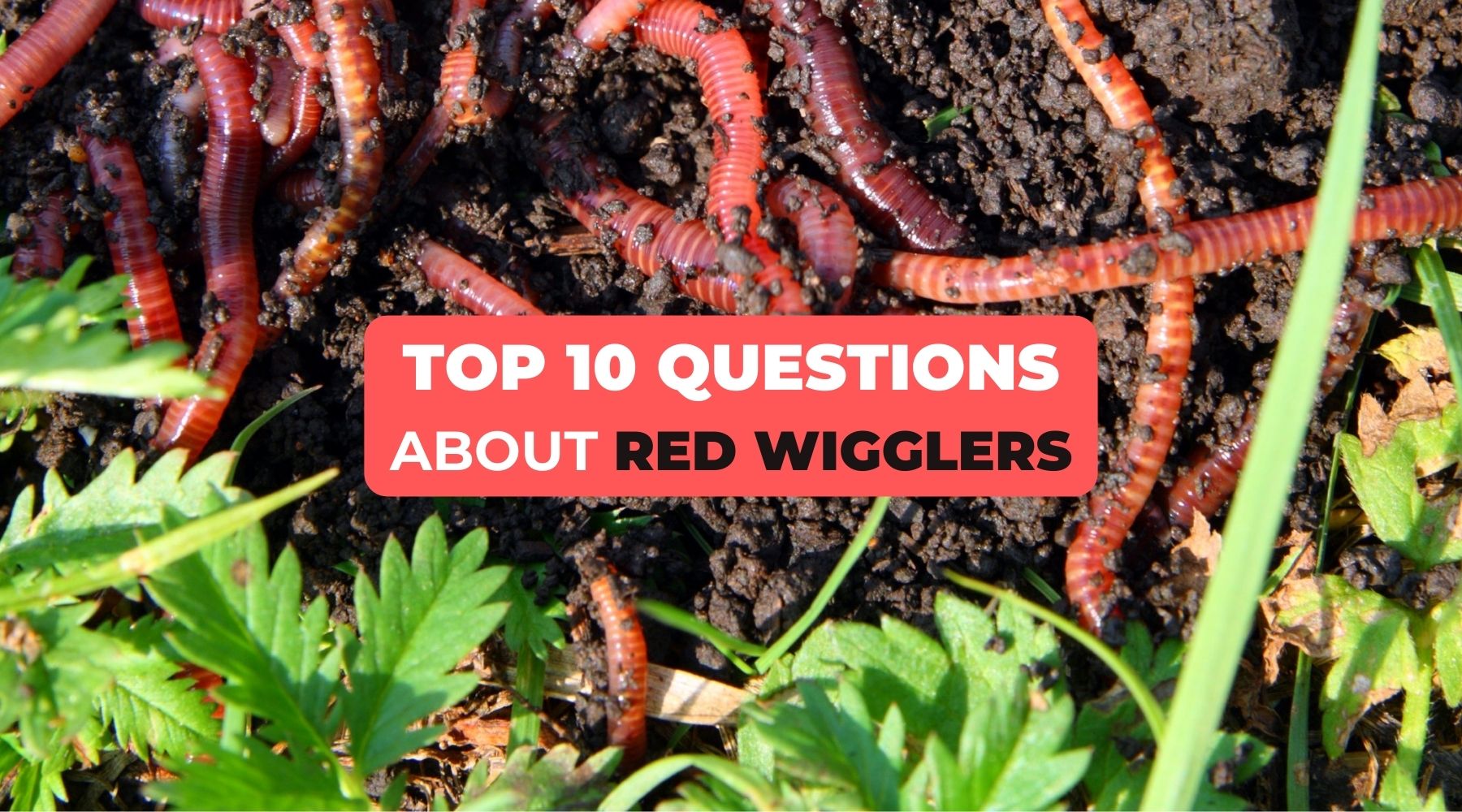9 Easy Facts About Red Wiggler Express Explained
9 Easy Facts About Red Wiggler Express Explained
Blog Article
The Best Strategy To Use For Red Wiggler Express
Table of ContentsThe smart Trick of Red Wiggler Express That Nobody is DiscussingThe Single Strategy To Use For Red Wiggler ExpressThe Main Principles Of Red Wiggler Express Indicators on Red Wiggler Express You Need To KnowSome Of Red Wiggler Express
Some worm farmers really withhold food and water to simulate drought problems and bump up cocoon production. We do not suggest this for the home composter as it has the potential to exterminate way too many of your best worms. Since you understand everything about the red worm it's time to head out and locate a great provider and obtain an extra pound or more and begin your very own worm farm.This overview will certainly introduce you to the red wiggler to consist of a deeper on dive on the varieties and info on reproduction, life cycle, and recreation. We'll speak regarding exactly how to maintain red wigglers and why they should be the go-to worm for most composters. The red wiggler (binomial name: eisenia fetida) is the globe's most typical composting worm.
A research suggests that the two can produce hybrid offspring, a sensation which must or else be thought about impossible between many worm types. Fun reality: The "fetid" component of the binomial name describes what some say is a fetid secretion the red wiggler makes use of to fend off predators. But I've been taking care of them for several years and never ever discovered this! The composition of a red wiggler looks like that of other typical earthworms; a long-segmented body begins at the pointed head and terminates at a slightly-flatted tail.
Some Known Facts About Red Wiggler Express.
The digestive system tract is simple, beginning at the mouth where the worm begins to eat its food before passing it on the throat. The pharynx is a muscle section which imitates a pump to draw food into the mouth prior to pumping it out into the esophagus. The esophagus is slim and thin-walled and serves as the "waiting area" for the gizzard.
Note: This demand for grinding is why grit is suggested in a worm bin. The worm includes no indigenous grinding capacity so the worm counts on consumed grit to help grind its food in the gizzard. The belly is where the very first chemical failure of food occurs with the help of a protein-busting enzyme.

Within 42 days, these infant worms will reach sexual maturation as shown by the emergence of the clitellum. A mature red wiggler can be anticipated to live in between one to 3 years. The mighty red wiggler may in some cases be used as a bait worm for smaller fish or as a healthy protein resource for poultries and reptiles.
Red Wiggler Express Can Be Fun For Everyone
And as discussed over, they are the most typical composting worm in the globe. Rather, a mix of expense, strength, and comfort in a vast variety of temperature levels makes it the most suitable composting worm for a lot of new vermicomposters.
This is a common practice amongst worm shippers that don't desire to risk having the worms being in a warm or cold stockroom over the weekend. Worm farmers are not storing worms in a circumstance where they prepare to ship. The worms have to be harvested from their habitat initially, so growers will often set a Friday or Saturday target date in order to harvest in time for a Monday shipment.
To save on shipping expense, you might desire to see if there are any kind of nearby "Mom and Pop" stores with a Google search (Where To Buy Worms).
I call these the "Huge 3" aspects of worm container upkeep. If you maintain all 3 within ideal ranges, then there's not * that * much that can fail with your bin. As pointed out previously, red wigglers have a broad temperature level resistance. For ideal outcomes, maintain a temperature level of 55F-90F. Brief separations out of that temperature level array are great.
The 3-Minute Rule for Red Wiggler Express

For best results, you intend to fire for about 60-70% moisture level. The most basic examination for this is to press a handful as hard as you can. At the ideal wetness degrees which is simply under 70% that handful should barely produce one decline of fluid. pH in a worm container is pretty easy to maintain.


The European Nightcrawler, the larger cousin of the red wiggler, is equally as ravenous and likewise produces a good bait worm. But it favors a little a cooler setting than the red wiggler. The African Nightcrawler is a really huge composting worm and makes an attractive, granular actors.
The Indian Blue is starved, but also chooses a warmer climate and it also shows a tendency to leave the container. The red wiggler is a sturdy worm and isn't as choosy about its environment. I like to call it the Ford Taurus of vermicomposting worms; you won't boast to your hardcore composting friends that you own them, however they will offer you well.
Red Wiggler Express - Questions
Surefire active 1/2 lb of hand arranged Red Wigglers/Compost with worms (+500 worms) in different stages of life from cocoons to grow worms in their natural environment/bedding. Hand arranged worms lowered the disturbance of the worms hence insuring online distribution. Red wiggler worms do not like vibrations or light.
Report this page